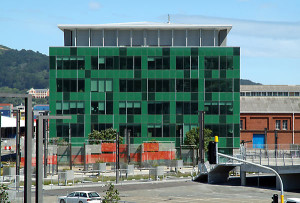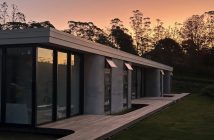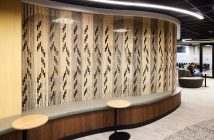 New Zealand Society for Earthquake Engineering (NZSEE) President Peter Smith says every earthquake provides new information on how to improve building design
New Zealand Society for Earthquake Engineering (NZSEE) President Peter Smith says every earthquake provides new information on how to improve building design
“Investigations like this are crucial to making our buildings safer.
“We need to gain access to detailed information on how other buildings performed, to help widen understanding of whole-of-building performance.
“Statistics House illustrated how different factors can combine in unexpected and unprecedented ways.
“In Wellington, this earthquake most severely affected mid-height buildings. Because the earthquake was so far away, only low-frequency waves made it to the capital.
“These waves resonated with mid-height buildings, which combined with the earthquake’s long duration meant mid-height buildings experienced severe shaking.
“Basically these flexible, modern buildings experienced a design-level earthquake – an earthquake that met or exceeded what they were designed to withstand.
“At the same time, shorter and stiffer buildings experienced an earthquake that wasn’t even one-third of code.
“But these earthquake-prone buildings still pose a significant risk to public safety, especially in an earthquake centred closer to Wellington.
“It’s really important that vulnerable features on these buildings, such as parapets and facades, are secured during this time of heightened seismic risk.”
Structural Engineering Society (SESOC) spokesperson Paul Campbell says the Statistics House investigation has revealed that buildings with key characteristics may be vulnerable in an earthquake that’s both large and long.
“In a large and long-duration earthquake, these key characteristics are flexible frames in combination with precast floors.
“Flexible frames are designed to bend so that the ends of the beams experience controlled damage.
“But the Kaikoura earthquake has confirmed that if an earthquake is strong enough and long enough, the damage can make the beams grow in length.
“This means the supports for the pre-cast floor system can move too far apart, potentially causing parts of the floor to lose their support and collapse.
“When Statistics House was built, the Building Code did not allow for this combination of factors – but it does now.
“The Canterbury earthquakes led to Building Code changes – and now more changes are likely given what we have learned from the Kaikoura earthquake.
“Engineers will be working with MBIE to further develop detailed guidance on assessing and retrofitting buildings with these characteristics.”



